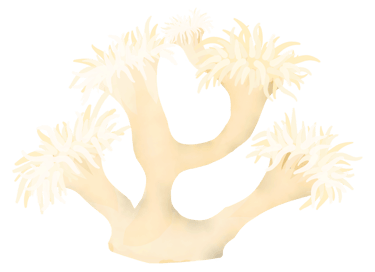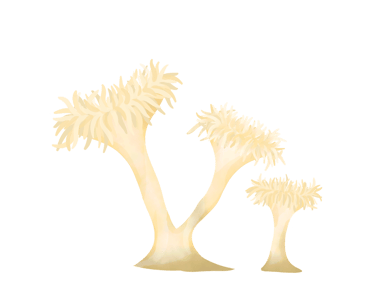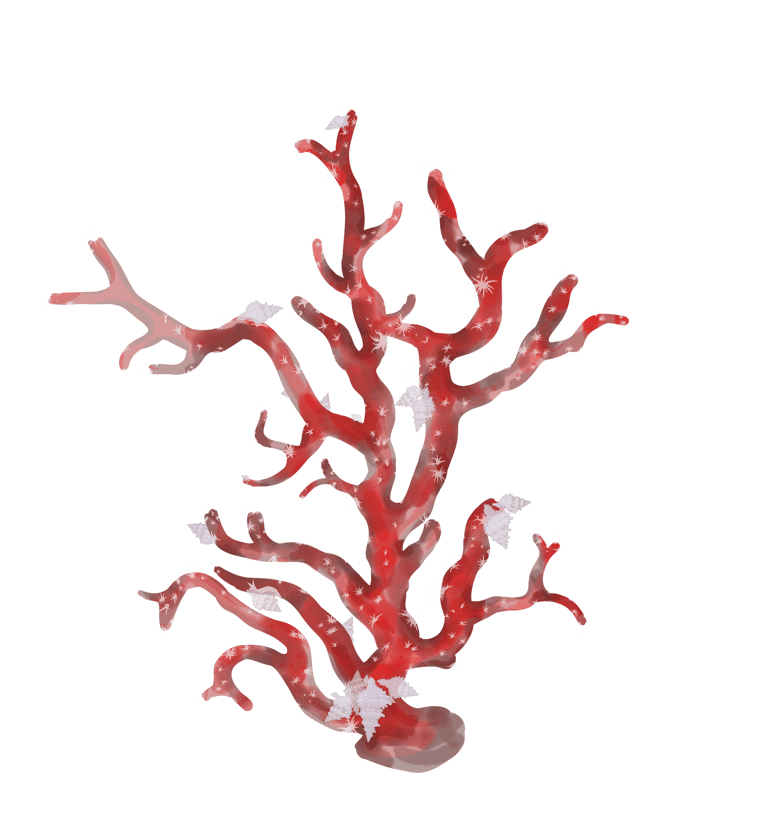Coralliophila
Preserving Coral Reefs Together
Conservation, Identification & Research
To explore, document, and protect marine invertebrate biodiversity through technology-enabled study and open-access data sharing
Coral Snail Removal for your outplanting site
Precise removal of only harmful coral-snail species.
Our species identifications are verified through recognized specialists to ensure taxonomic accuracy and reliability
Collaborative conservation with local communities.
Identification & Marine Research
Community Engagement
The snail


”Coralliophila is more like a conservation initiative—it’s a living archive and research interface rooted in ecological responsibility. With time, as our catalog grows and more research-grade data is added, I can imagine it becoming a valuable hub for molluscan taxonomy and coral restoration science alike”
Conservation & Identification & Scientific Collection
Restoring coral reefs through innovative solutions.
Biodiversity
Research
bommerer@ims-lab.org
© 2025. All rights reserved.





